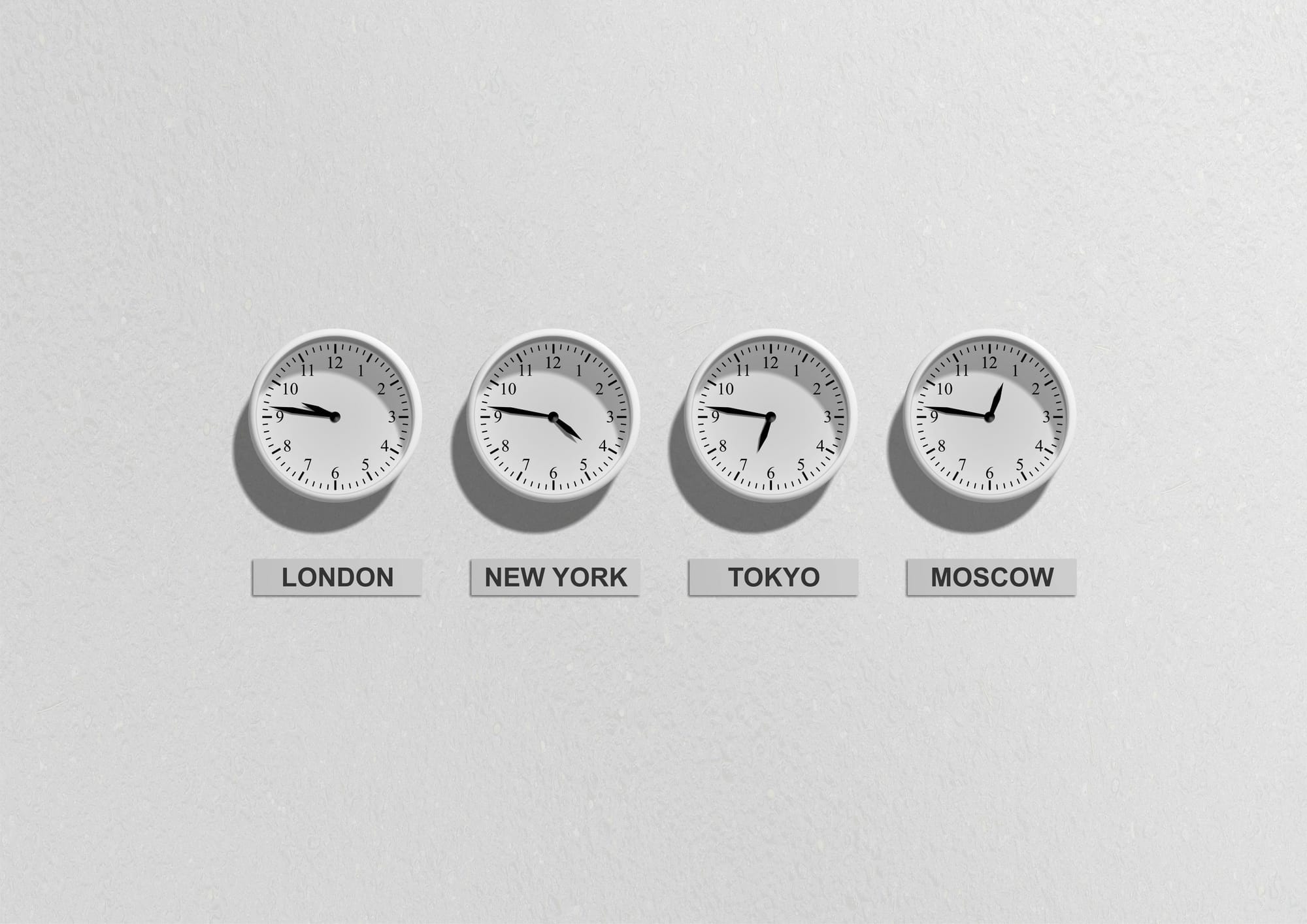
How do you spend your working hours?
I read this Sahil Bloom post recently:
Here's a simple calendar trick anyone can use:
— Sahil Bloom (@SahilBloom) October 4, 2023
(bookmark this and try it later)
There are 4 types of professional time:
1. Management
2. Creation
3. Consumption
4. Ideation
Management Time is what most of us spend the majority of our professional lives in. Meetings, calls,… pic.twitter.com/BaAlQtiaj4
It got me thinking about how I spend my time:
- 85% is in management
- 10% in creation
- the balance split between consumption and ideation.
But what does that mean?
4 Types of Professional Time
- Management
Management time includes:
- meetings
- calls
- email/slack management
- team + people management
- task management
Most of us spend the majority of our professional lives in management time.
While being productive and efficient, management time focuses on movement over progress.
It creates urgency instead of focusing on the important.
- Creation
Creation time includes:
- writing
- building
- preparing
- executing
The second most common type of professional time.
Creation time fills the gaps between management time blocks.
Creation time is where net new progress is found because we focus on our most important goals.
The trouble is, we don’t spend enough time creating. As a result, it takes us longer to act on or achieve the important things.
- Consumption
Consumption time includes:
- reading
- listening
- studying/learning
“Consumption time…is where new ideas for creation and growth are originally planted.”
- Sahil Bloom
Everything you create stems from something you consume (like this post!).
The content you consume has a direct impact on what you’re able to produce.
- Ideation
Ideation time includes
- Brainstorming
- Journaling
- Walking
- Self Reflection
It’s where new ideas for creation and growth are developed.
Unfortunately, most of us have little time for thought during our working day.
As a result, we miss out on opportunities that require creative, non-linear thinking.
I used to take weekly clarity breaks to develop new ideas and develop existing ones.
A 30-60 minute block with nothing but a pen, notebook and coffee.
No phone, no distractions.
Ideas would start flowing after a few minutes, and I started connecting the dots.
Establish Your Baseline
To understand what time exists in your workday, use your calendar.
Starting on a Monday, at the end of each weekday colour code the events from that day.
Use this key:
- Red: Management
- Green: Creation
- Blue: Consumption
- Yellow: Ideation
Look at your overall mix of colours at the end of the week.
- What trends can you identify?
- Which colour dominates your calendar?
- Are the colours randomly organised?
- Are there distinct windows for creation?
- Do you focus on urgent work (management) before important work (creation)?
This simple exercise will give you a baseline for your professional time.
It gives you a starting point to find a more optimal balance of your time.
3 Tips to Improve your Balance
Tip #1: Batch Management Time
Management time is necessary for most of us.
Calls, meetings, emails, and admin dominate our day. They make us feel busy but prevent us from making any real progress.
Instead, develop a batched schedule:
- Allocate blocks of time each day when you handle major Management time activities.
- Aim for 1-3 email, call and meeting blocks per day
I currently have three blocks for management time;
1) 8-9am (email + meetings)
2) 12-2pm (email + meetings)
3) 4-6pm (email).
My goal is to avoid a schedule where Management time takes over every single day. In doing so, I can create space for other types of time.
Tip #2: Increase Creation Time
Creation time moves us forward. It generates interesting projects and opportunities.
Focus on carving out distinct blocks of Creation time on your calendar. They can be as short as 15 minutes, but you must stick to them.
Keep these blocks of time distraction-free - no phone, emails, or notifications.
Only focus on creation during this time.
I have two creation blocks during my day: a 60-minute block between 6.30 and 7.30am for writing and a 90-minute block between 8.30 and 10pm for working on product.
Tip #3: Time for Consumption & Ideation
I have been lacking time for Consumption and Ideation recently. Both are necessary for making long-term, compounding progress.
“History's most successful people have all made a practice out of creating space for reading, listening, learning, and thinking.”
- Sahil Bloom
As a result, I’ve implemented two rules for managing my time:
- Reading ten pages of a book a day (inspired by 75 Hard)
- Allocating at least one 30-minute block for taking a Clarity Break.
I’m currently trying to own these two rules and build consistency without breaking them.
To start, you might schedule one 15min block a week for Consumption and another 15min block for Ideation
The key is to stay true to the purpose of the block.
Focus on the task at hand - consuming or thinking.